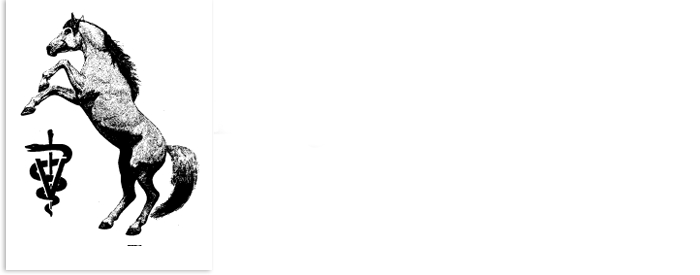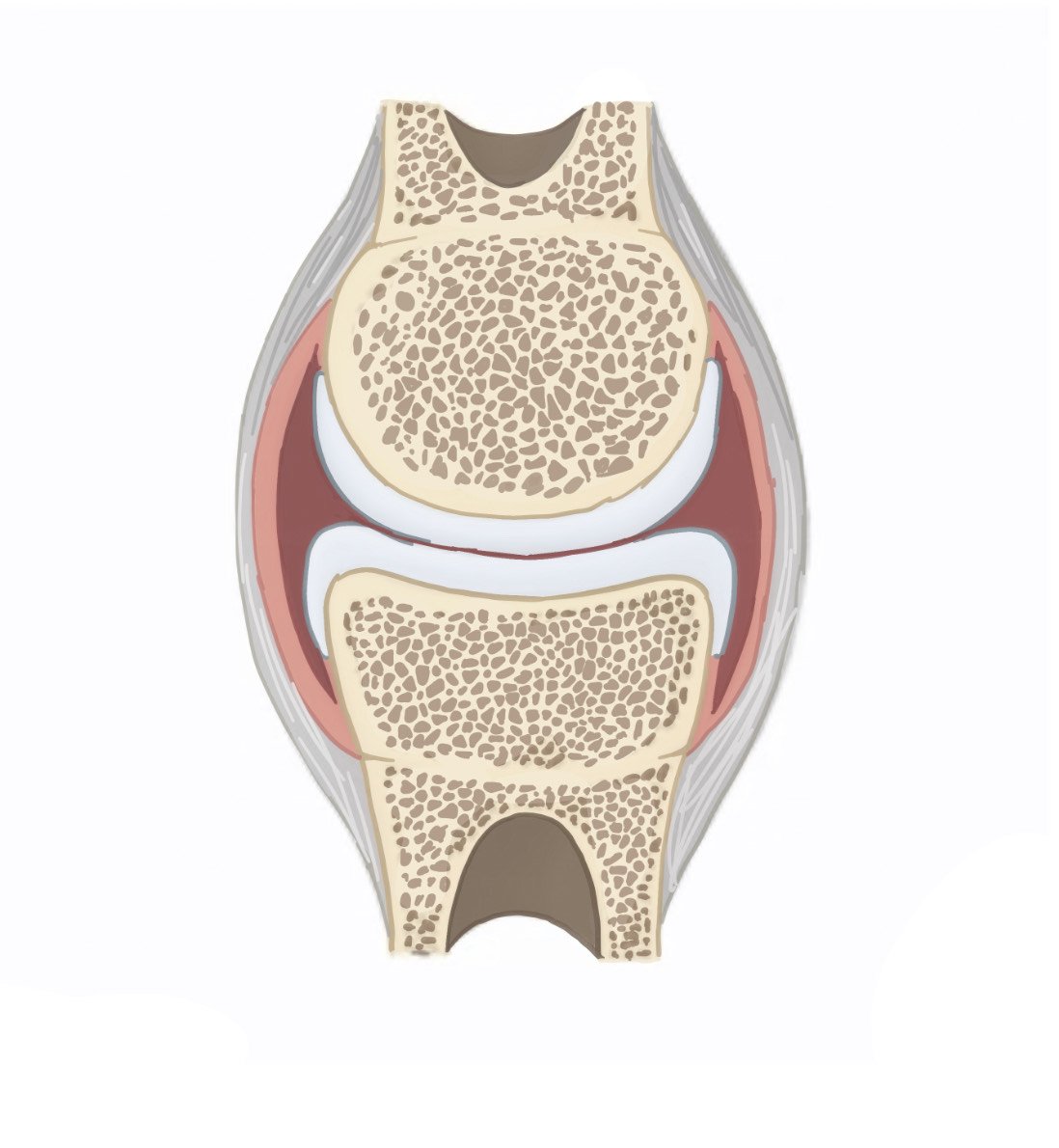Hydrogels - A New Therapy for Joint Injections and Navicular Disease
Joint disease from inflammation (synovitis) to degradative change (Osteoarthritis) is perhaps the most common lameness issue affecting performance and pleasure horses. I often say I make a living injecting hocks. And that is only partially tongue in cheek.
The first treatment of choice in most for joint injections is a combination of hyaluronic acid with low dose corticosteroids. Many horses respond to these joint injections but not all.
For those horses that don’t respond I turn to second line treatments. Second line treatments can be used closer to competition avoiding the limits placed on first line treatments because of medication rules. Another reason to use second line treatments in joints is because they can be given in multiple joints at the same time. If a horse requires joint injections at multiple sites such as to the hocks, coffin joints and stifles all at once, I will split treatment into two visits when using corticosteroids with hyaluronic acid because the total dose of steroids needed to inject all those areas would exceed the limit generally considered safe. With second line treatments you can treat all those sites at the same time. Finally, second line treatments are considered safer in a horse that has Cushing’s disease. Giving joint injections that include corticosteroids in such a horse that is producing excess cortisone on its own can be avoided.
Right now there are a number of second line treatments. Among them are the biologics derived from your horse’s own blood, bone marrow or fat. These treatments include PRP – platelet rich plasma, IRAP, Prostride, and Stem Cells.
Hydrogels are another type of second line treatment which I have had increased success in non-responding horses. Hydrogels are combination of polyacrylamide and water and are very thick gels. When injected into joints they act as physical lubricant. They are not a medication and will not break down inside the joint. Horses that respond tend to have longer lasting response to treatment.
The results I have seen are backed up by research. Two clinical trials on horses (one prospective and one comparative) show significant efficacy. The 2 years follow-up prospective study showed that hydrogel treatment significantly alleviated lameness and joint effusion in the joints affected by osteoarthritis. The hydrogel injections into the horse joints are successful in treating lameness in about 70% of the cases. The effect is not instantaneous, but sets in within several days or weeks. Currently the longest observation for the clinical effect is about 12 months. In the comparative study of treatment with hyrdogels versus treatment with the traditional treatment of a steroid and hyaluronic acid, hydrogels treatment showed to be significantly better than the conventional treatment. At 6 months after treatment, 75% of the horses treated with the hydrogel, stopped limping. In comparison, 35% of the horses that were treated with traditional treatment stopped limping.
Most of the horses I treat with joint injections are not limping at all, but are performance and pleasure horses with suboptimal performance from joint disease so the comparison is not direct.
However, two cases come to mind recently where injecting a hydrogel product, Noltrex, made a big difference. In the first case an upper level dressage horse developed a debilitating lameness emanating from her coffin joint. We had been injecting her coffin joints regularly with cortisone and hyaluronic acid for a few years, yet at the point where she was moving up the highest levels of her sport one coffin joint became so inflamed that it stopped responding. We tried additional biological treatments which elicited a good response but the response did not last for very long. Frustrated the owner retired her beloved competitor. Each time the owner tried riding her mare after she appeared sound with rest, the mare would go lame if work was more than at a very low level. That was about 3 years ago. Late last year it appeared she was sound in her paddock and we decided to try Noltrex in that joint. We injected in January and again in early March. The mare has remained sound for the past 8 months and is back in regular work.
A second horse was a retired upper level jumper. Now in her early twenties, she developed inflammation in her coffin joint as well. Again she responded poorly to the standard cortisone and hyaluronic acid injections. I again tried two injections of Noltrex and she gradually became sound and has remained so for more than a year.
A second place where hydrogels are showing the value is in treating Navicular Disease. The navicular bursa is a small sac in the back of the navicular bone that helps the deep flexor tendon slide over the navicular bone. Injecting this bursa can help horses with Navicular disease and using hydrogels for this injection has shown to help horses for a longer period of time then previous approaches.
Contact me if you have a concern about your horse and we can determine what might be the best treatment.




